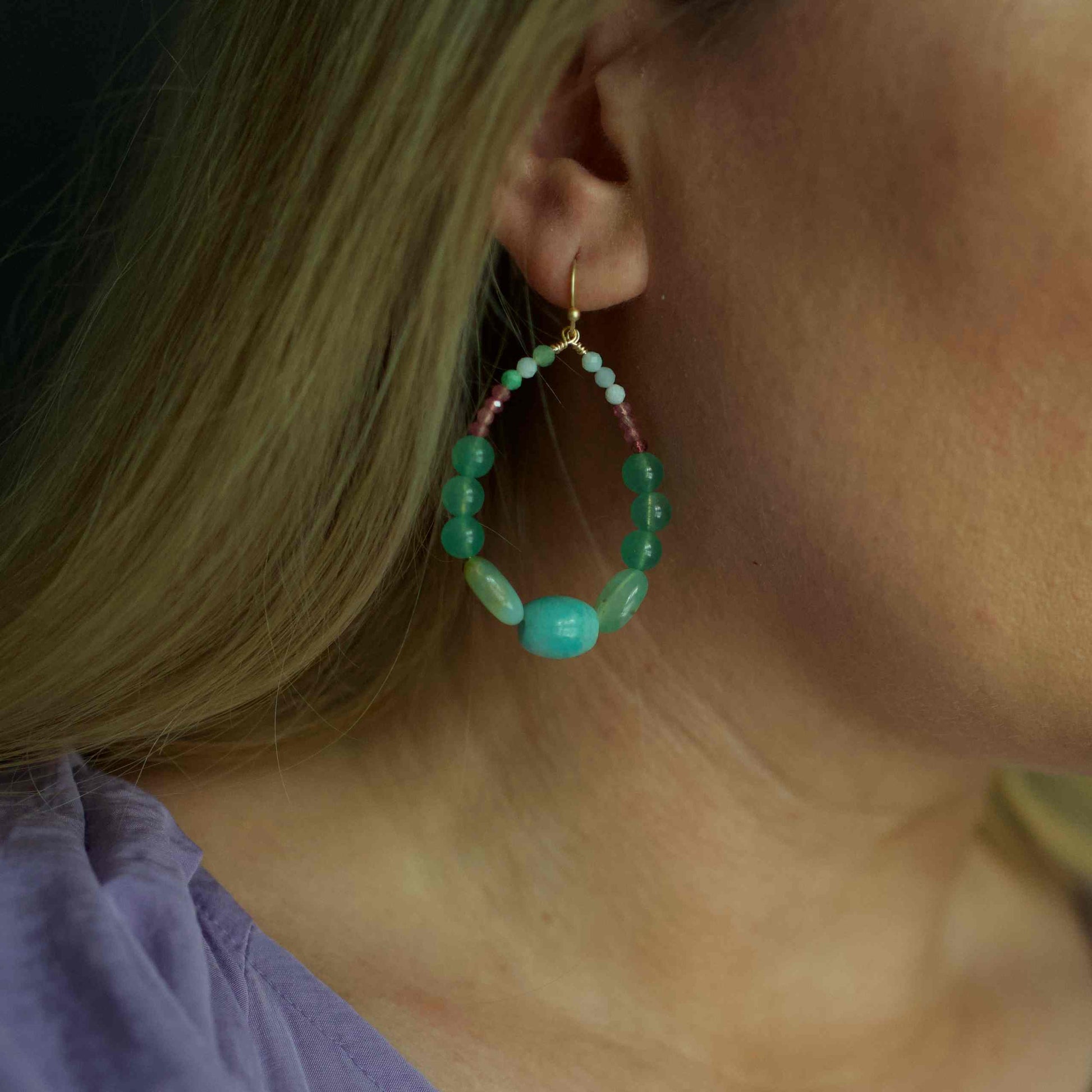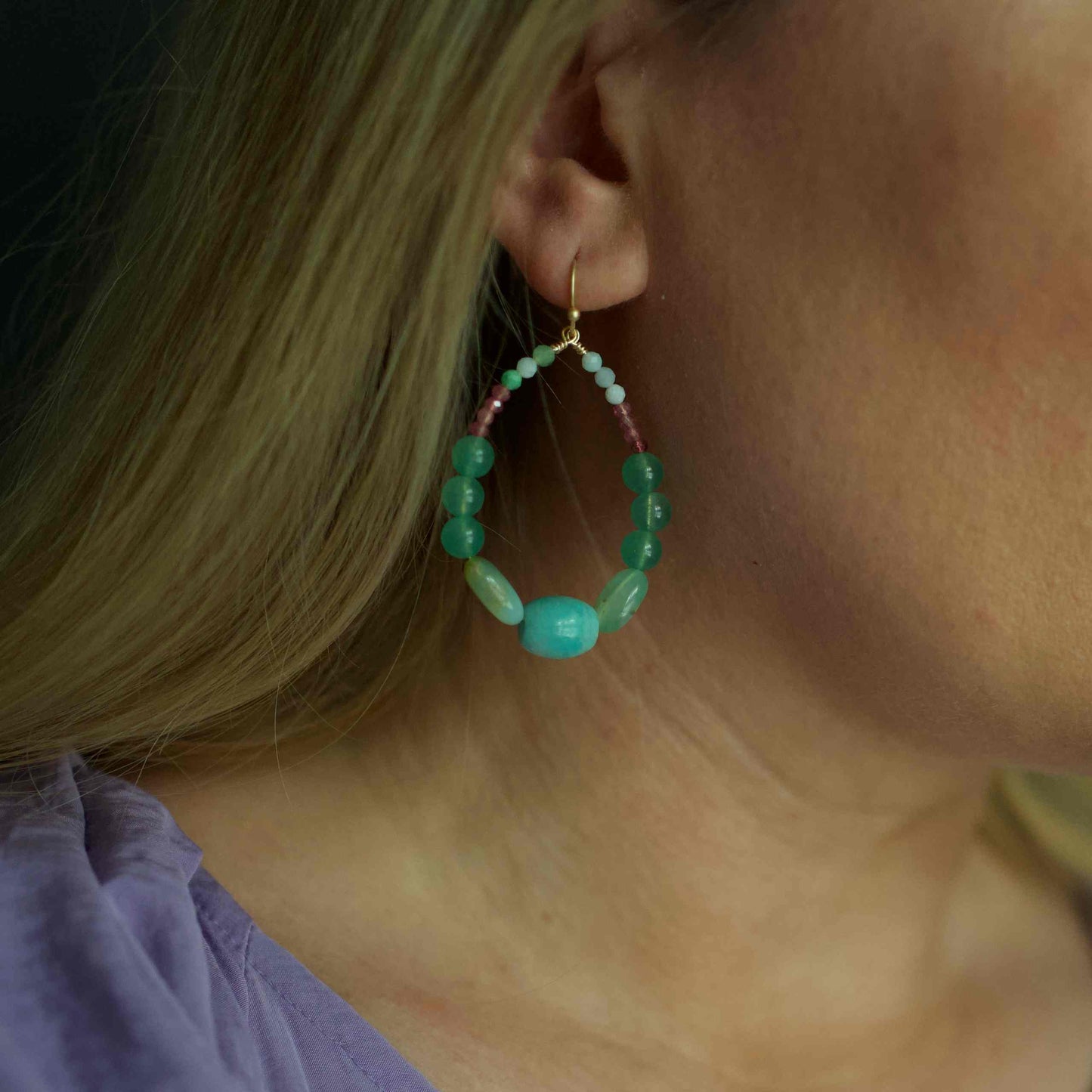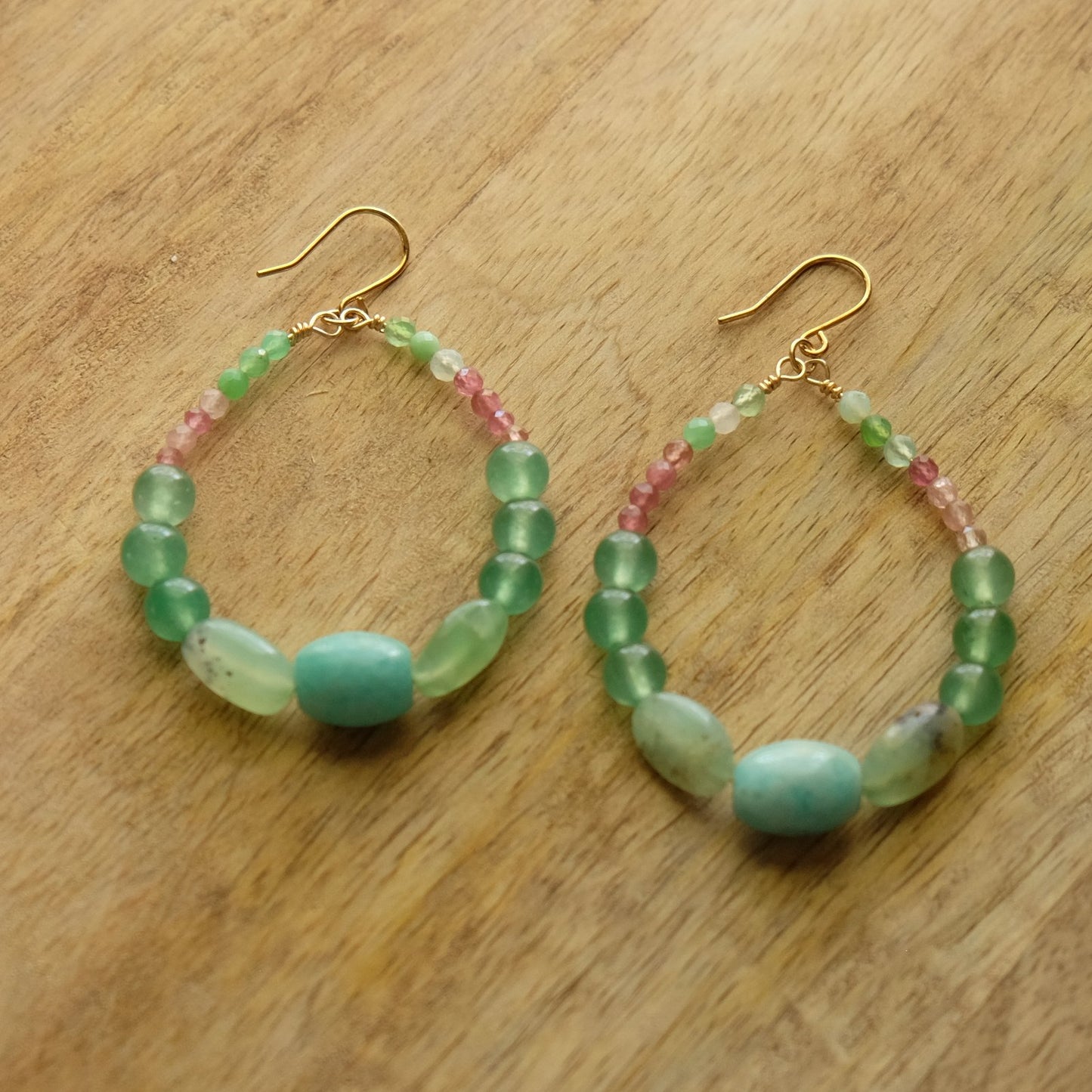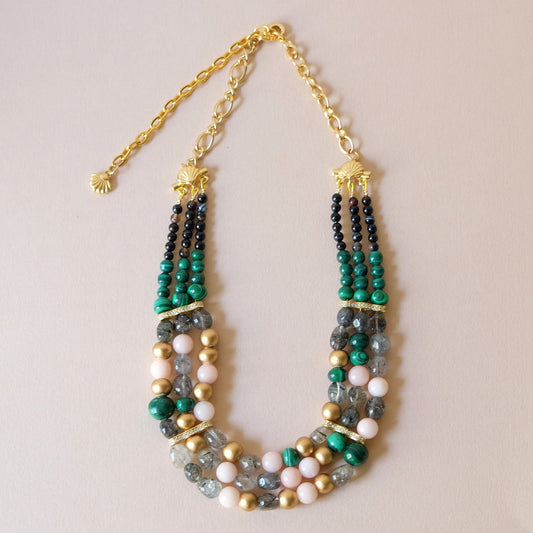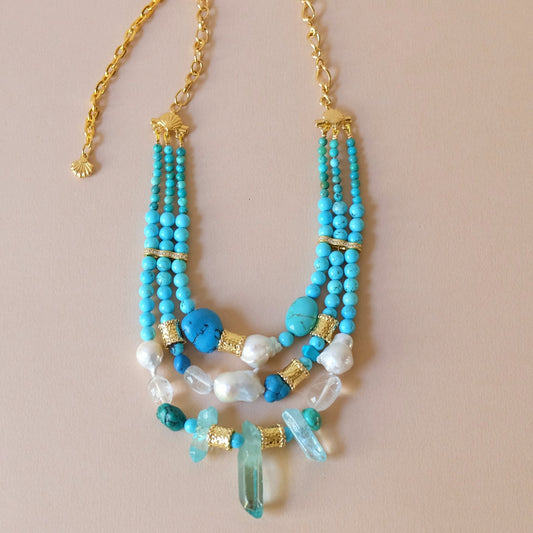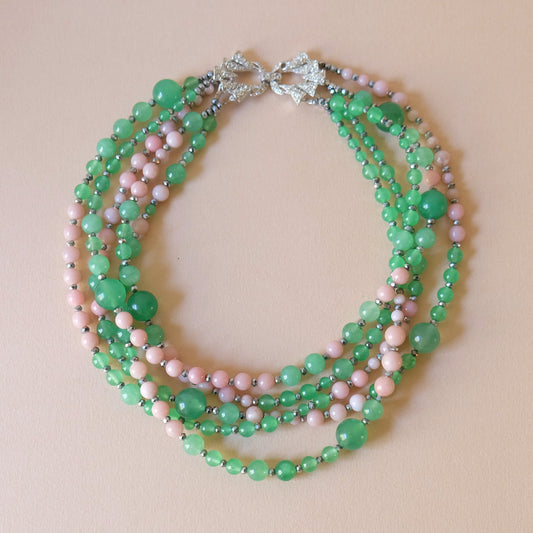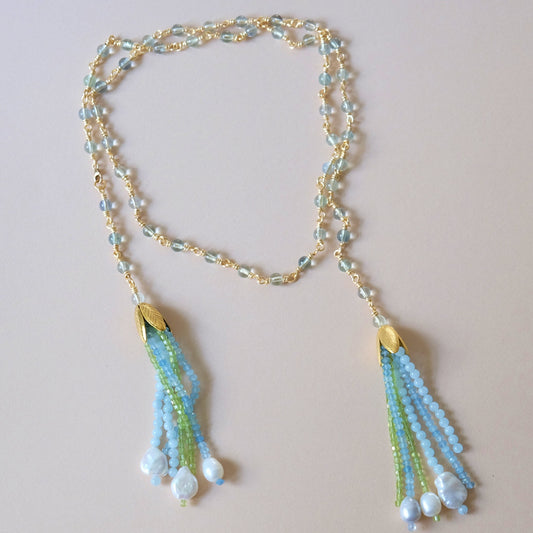Egyptian Revival jewelry, also known as Egyptomania, was a popular trend in jewelry design during the late 19th and early 20th centuries. The style was inspired by the discovery of ancient Egyptian artifacts in the early 19th century, and the fascination with the culture and history of ancient Egypt that followed.
The Egyptian Revival style is characterized by the use of ancient Egyptian symbols and motifs, such as the scarab beetle, the Eye of Horus, and the Ankh. Jewelry in this style was often made of gold and included colorful stones such as turquoise, lapis lazuli, and carnelian. The jewelry was also adorned with hieroglyphs, which were believed to have protective powers.
Ancient Egyptians used a wide range of colors in their jewelry, and each color had a specific symbolism and meaning.
-
Gold: Gold was considered to be a symbol of the sun and the god Ra, and was often used to make jewelry for royalty and the elite.
-
Blue: Blue was associated with the Nile River, and was also thought to have protective powers. It was often used in jewelry to symbolize the god Horus.
-
Turquoise: Turquoise was believed to have healing properties and was often used to make amulets and talismans. It was also thought to protect the wearer from evil spirits.
-
Lapis Lazuli: Lapis Lazuli was a highly valued stone in ancient Egypt, and was used to make amulets, inlays, and beads. It was believed to have healing powers and was often used to symbolize the god Amen.
-
Carnelian: Carnelian was thought to have protective properties and was often used in amulets and other jewelry. It was also believed to bring good luck and prosperity.
-
Green: Green was associated with the goddess Isis and was thought to symbolize life and renewal. It was often used in jewelry to represent fertility and growth.
-
Red: Red was associated with the god Seth and was thought to symbolize power and strength. It was often used in jewelry to represent protection and courage.
In addition to these colors, ancient Egyptians also used other stones and materials, such as glass and faience, to make jewelry. They also used various techniques such as inlaying, engraving, and enameling to decorate their jewelry.
One of the most famous examples of Egyptian Revival jewelry is the bejeweled pectoral necklace of Egypt's boy king Tutankhamun, which was discovered in his tomb in 1922 by Howard Carter. The discovery of Tutankhamun's tomb sparked a renewed interest in Egyptian Revival jewelry, and many pieces were produced in the 1920s and 1930s, featuring similar motifs and materials.
The popularity of Egyptian Revival jewelry was not limited to the Western world, as it was also popular in Egypt, particularly during the reign of King Farouk. This popularity also extended to other mediums such as art, architecture and interior design.
Miriam Haskell and Larry Vrba were two prominent American jewelry designers who created an Egyptian-inspired collection during the late 20th century. The collection was known for its use of ancient Egyptian symbols and motifs, as well as its high quality craftsmanship and attention to detail.
Miriam Haskell, who established her eponymous jewelry company in 1926, was one of the most successful American costume jewelry designers of the 20th century. Her Egyptian-inspired collection was influenced by the Art Deco movement, which was popular in the 1920s and 1930s, and included pieces such as bracelets, earrings, and necklaces that featured hieroglyphs and other ancient Egyptian symbols.
Larry Vrba, who began his career as an apprentice to Miriam Haskell, was also a prominent jewelry designer in his own right. He was known for his use of high-quality materials, such as freshwater pearls and semiprecious stones, in his designs. His Egyptian-inspired collection included a range of pieces, from simple and elegant designs to more elaborate and ornate pieces that featured intricate metalwork and enamel.
Both designers' collections were an expression of their interest in the rich history and culture of ancient Egypt, and they helped to revive the Egyptian Revival jewelry trend of the early 20th century. The collections were also known for their high quality craftsmanship and attention to detail, which helped to cement the reputation of both designers as leading figures in the American costume jewelry industry.
The Egyptian Revival jewelry style is still popular today, but the designs tend to be more subtle and less literal than those of the past. Many modern designers have taken inspiration from the ancient symbols and motifs, incorporating them into contemporary pieces in a more abstract way.


